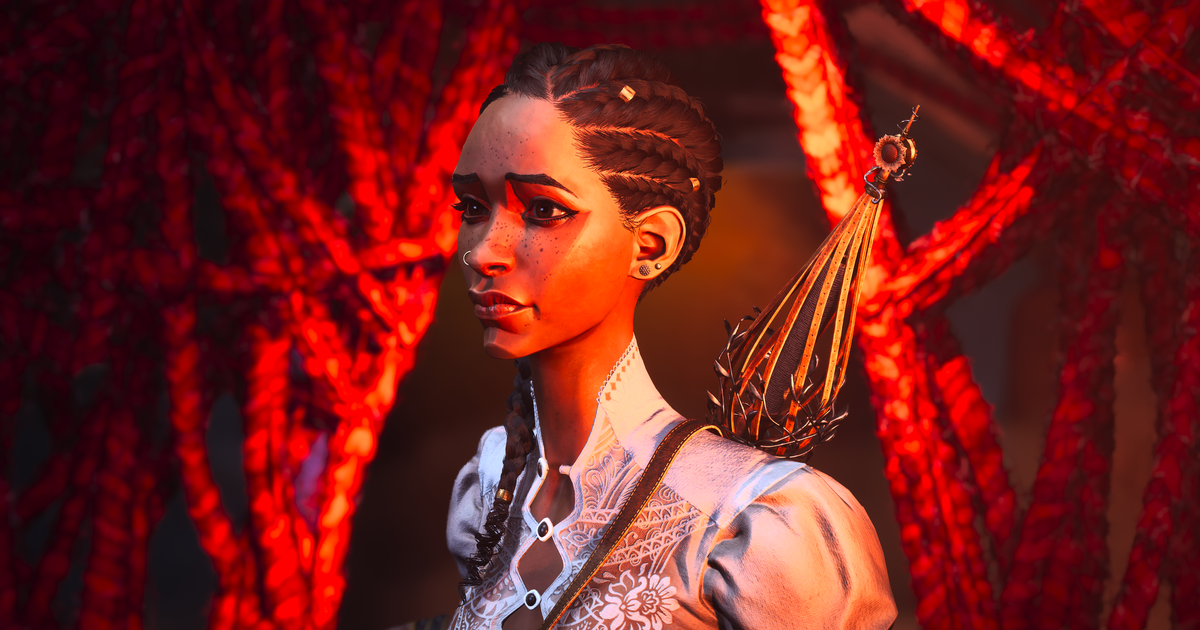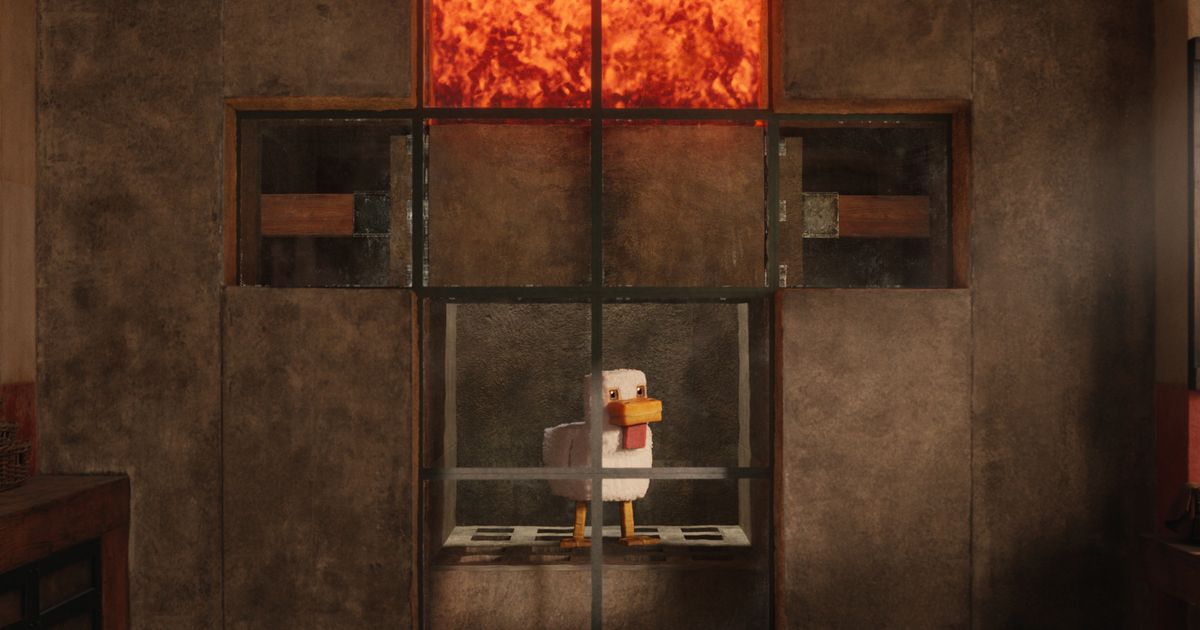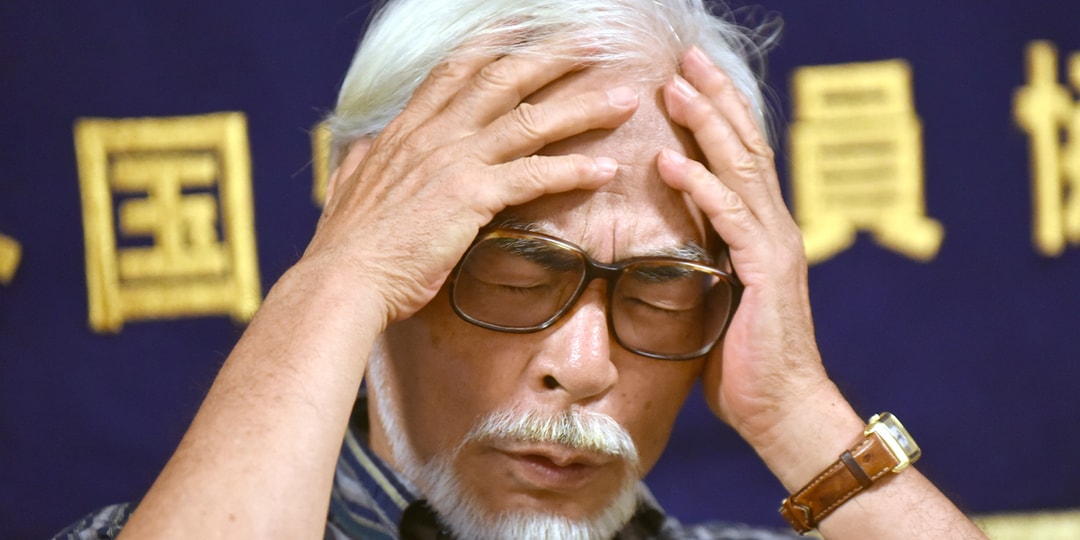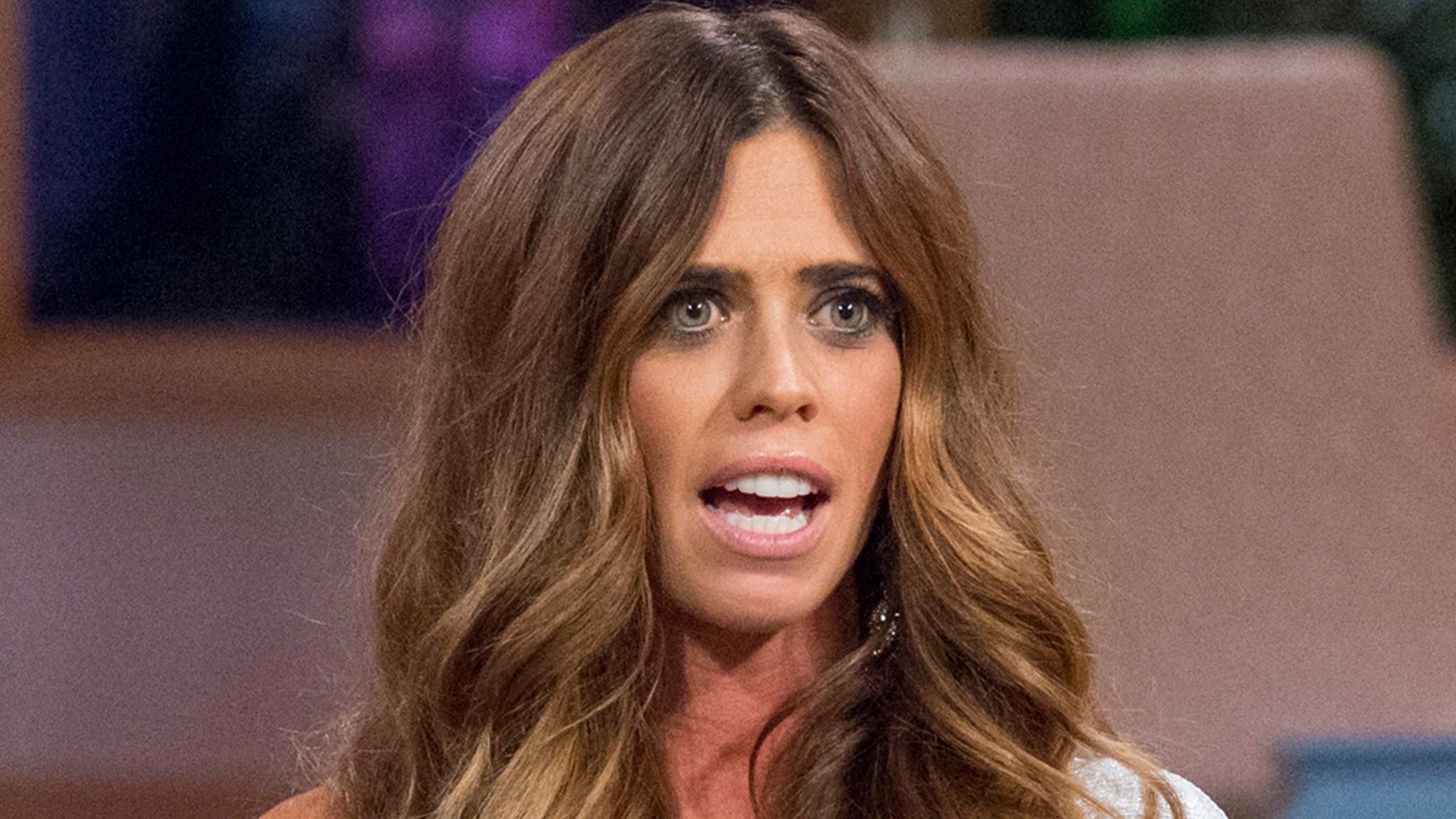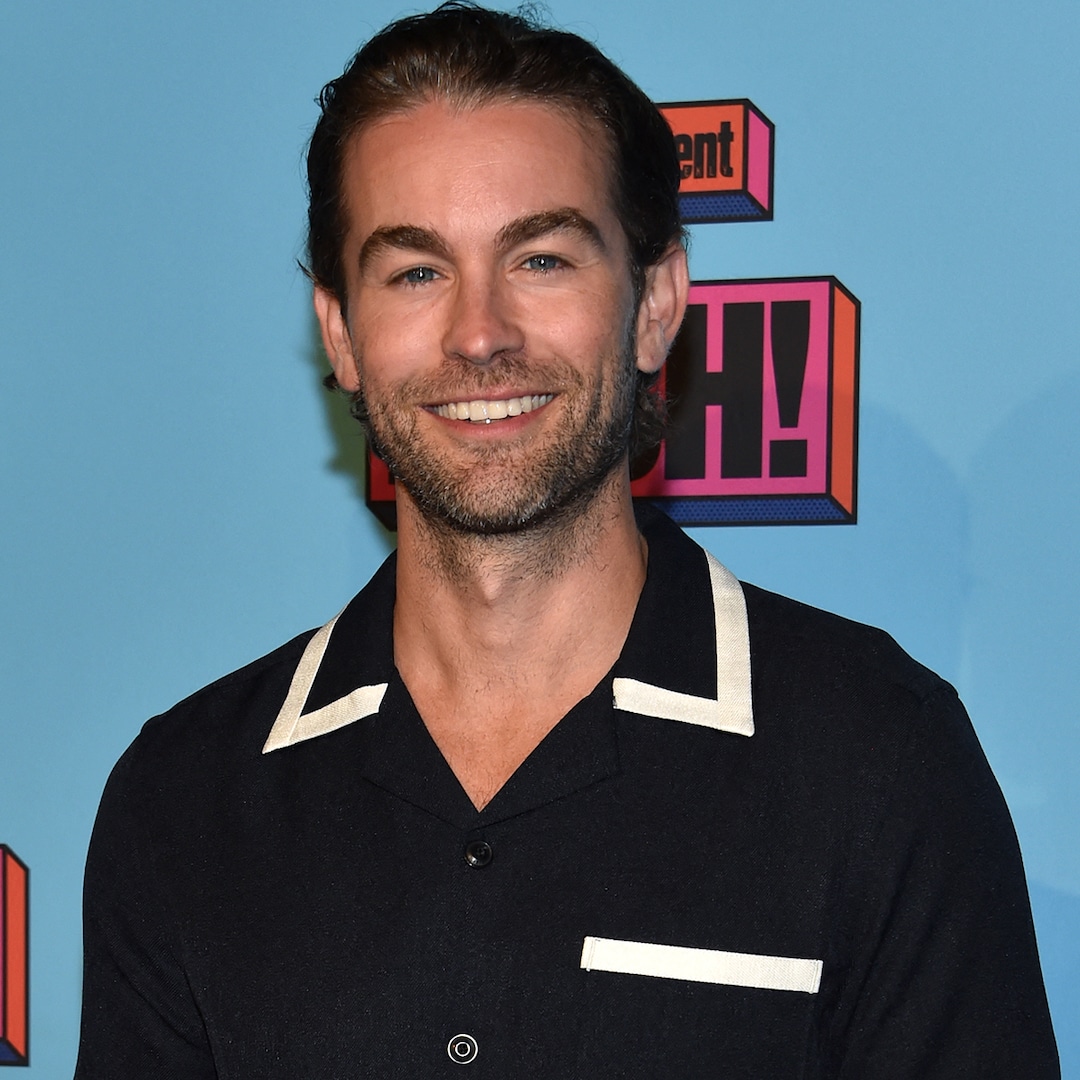Behind the Scenes of 'What About Bob?': Frank Oz and Richard Dreyfuss Reflect on Production Challenges

Released in 1991, What About Bob? has secured its place as a beloved comedy classic, starring the iconic Bill Murray and Richard Dreyfuss. Despite its enduring popularity, the journey to bring this film to the big screen was far from smooth. In a recent oral history feature published by Rolling Stone Magazine, the films director, Frank Oz, shared intriguing insights into the production challenges that marred the filming process, revealing a tumultuous atmosphere colored by creativity and conflict.
Oz noted that the films set had its unique culture and dynamic, which contributed to the difficulties faced during production. Look, every set has a culture and a dynamic of its own, and there I have had difficulties, Oz remarked, adding that the chaotic environment often highlighted the frailty and imperfections of human beings. He elaborated on the pressures of filmmaking, particularly when millions of dollars are at stake and the actors involved are worried about their financial future. Were talking about stars believing that it better work, because the next paycheck wont be good if it doesnt, he explained, acknowledging the stress and fears that actors like Richard Dreyfuss experienced, which could lead to misunderstandings on set.
In the same interview, Dreyfuss expressed lingering resentment about the films production, specifically pointing to the treatment of the late producer Laura Ziskin and his complex relationship with director Frank Oz. One incident that stands out involved Murray, who allegedly broke Ziskins glasses during a heated moment related to securing a day off for the crew on a holiday. While Dreyfuss described Murrays actions as pretty wacky, Oz offered a different perspective, interpreting the act as Murrays passionate defense of his coworkers. He really cared about the crew, Oz said, emphasizing the importance of crew welfare in the high-pressure environment of filmmaking.
Another point of contention between Dreyfuss and Murray has been the infamous glass-throwing incident. For years, Dreyfuss claimed that Murray had thrown a glass directly at him on set. However, Murray recently refuted these claims, stating that he only threw the glass near Dreyfuss. Oz, who witnessed the event, provided clarity on the situation. He recounted a specific meeting he had with both actors, where tensions were palpable. I got in a room with Bill and Richard to try and solve a script problem, Oz recalled. After a brief departure, Murray returned in a dark mood and expressed his frustration, leading him to throw a glass against a fireplace, causing glass to scatter across the room. Dreyfusss startled reaction was to leave the scene altogether.
Despite the tumultuous production and various conflicts, Oz maintained that such behavior is often seen in the high-stakes world of filmmaking. We all have imperfections, he stated, reflecting on how these flaws come to the forefront during the intense process of making a movie. Yet, looking back on those chaotic days, Oz found humor in the absurdity of it all, recognizing that, despite the challenges, those involved were privileged to work in the industry they love.
Ultimately, the legacy of What About Bob? endures, not only for its comedic brilliance but also for the stories of its making, which continue to intrigue fans and offer a glimpse into the complexities of the filmmaking process.













